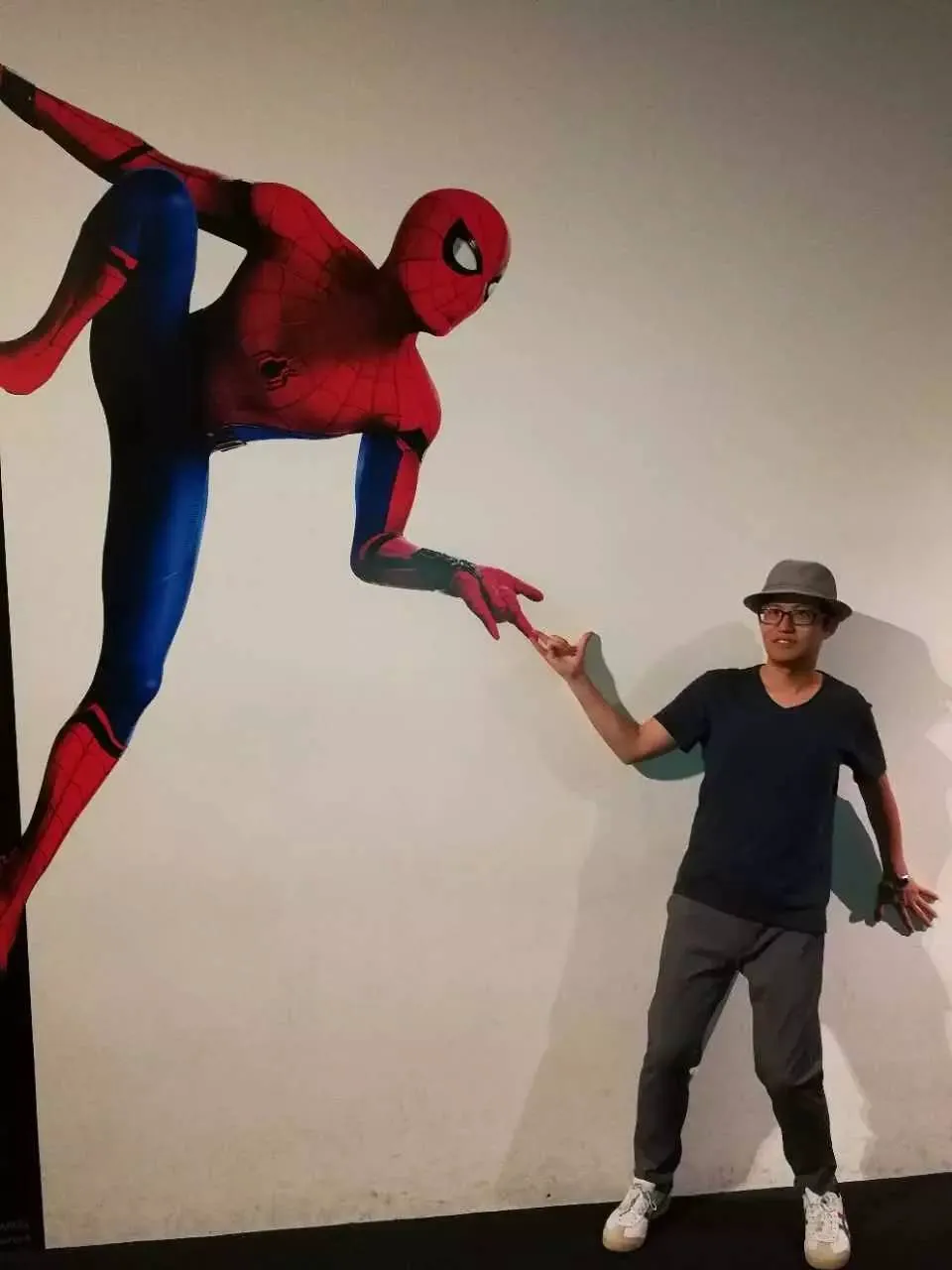The Enduring Cultural Impact and Artistic Evolution of American TV Series
In Ding Yin’nan’s 1982 film “Backlight,” a character’s resemblance to Mike Harris from the American TV series “Man from Atlantis” gives him an edge in a leadership election. Similarly, the 1980 broadcast of the dubbed American series “Garrison’s Gorillas” on CCTV, which was halted after 16 episodes, marked a notable instance of a US show being pulled from the air in the early reform era. This was due to its perceived negative social impact, with the “throwing knife chieftain” inspiring children to misuse knives, and the infamous “Tangshan Kitchen Knife Gang” allegedly drawing inspiration from the show.
During a unique period in history, American TV series, fueled by limited entertainment options and resources, captivated audiences nationwide. Looking back, while shows like “Man from Atlantis” and “Garrison’s Gorillas” may not stand out for their artistic merit in television history, their cultural significance lies in encapsulating the collective unconscious of Chinese viewers at the time.
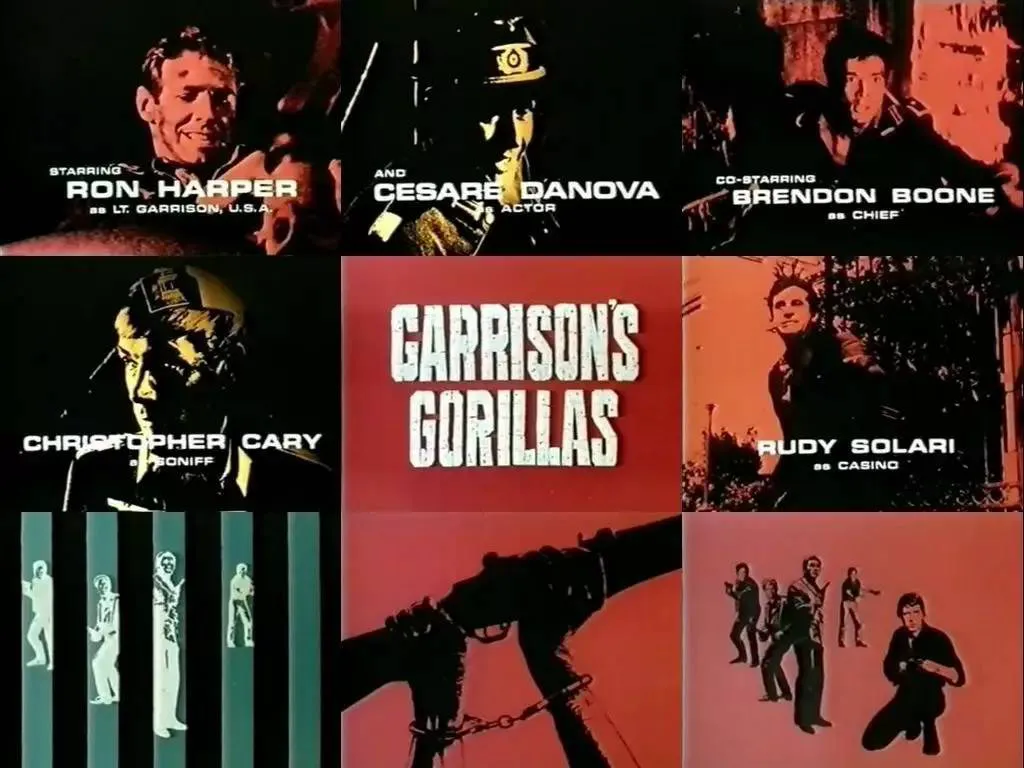
A still from “Garrison’s Gorillas”
The Resurgence of American TV Series and the Rise of Visual Novels
In 2005, “Prison Break” reignited Chinese audiences’ passion for American TV series, with “entertainment” being a key viewing motivation. Before the “one drama, four stars” and later “one drama, two stars” policies, American TV series offered diverse genres and themes to Chinese viewers who were accustomed to limited choices. I, too, initially approached these shows for entertainment, but I eventually discovered a deeper dimension, realizing that TV series could transcend mere entertainment to become a serious art form, even a contemporary form of visual novel.
American TV Series as Auteur Cinema
The idea is to create TV series with the same seriousness as film, where “the camera is like a pen.” American TV series can also produce “auteur cinema”-like works, one indication of which is film directors helming TV shows. Since the beginning of the new century, Steven Spielberg, a film master known for his work in science fiction, suspense, history, and war, has directed the miniseries “Band of Brothers” and “The Pacific,” using them to expand on themes he explored in his film “Saving Private Ryan.”
Other film directors have also become increasingly involved in TV series creation. David Lynch, David Fincher, Martin Scorsese, J.J. Abrams, Todd Haynes, Neil Jordan, Jane Campion, the Coen brothers, Frank Darabont, Michael Mann, José Padilha, and others have actively explored the visual language of TV series, serving as creators, producers, writers, and directors. They have led or participated in the creation of works such as “Twin Peaks,” “House of Cards,” “Band of Brothers,” “The Pacific,” “Boardwalk Empire,” “Lost,” “Mildred Pierce,” “The Borgias,” “Top of the Lake,” “Fargo,” “The Walking Dead,” “Luck,” and “Narcos.”
These series are generally in genres that these film directors excel in. For example, the gangster-themed “Boardwalk Empire” can be seen as an extension of Martin Scorsese’s films “Gangs of New York” and “Mean Streets.” “Fargo” is adapted from the Coen brothers’ film of the same name and continues to explore its themes of cruelty and absurdity, while maintaining its bleak, dark humor. “Narcos” features a documentary-style visual approach, a focus on drug enforcement, and a magical realism tone, all of which are consistent with director José Padilha’s “Elite Squad” films. The auteur directors who are drawn to American TV series bring their unique artistic personalities to the medium.
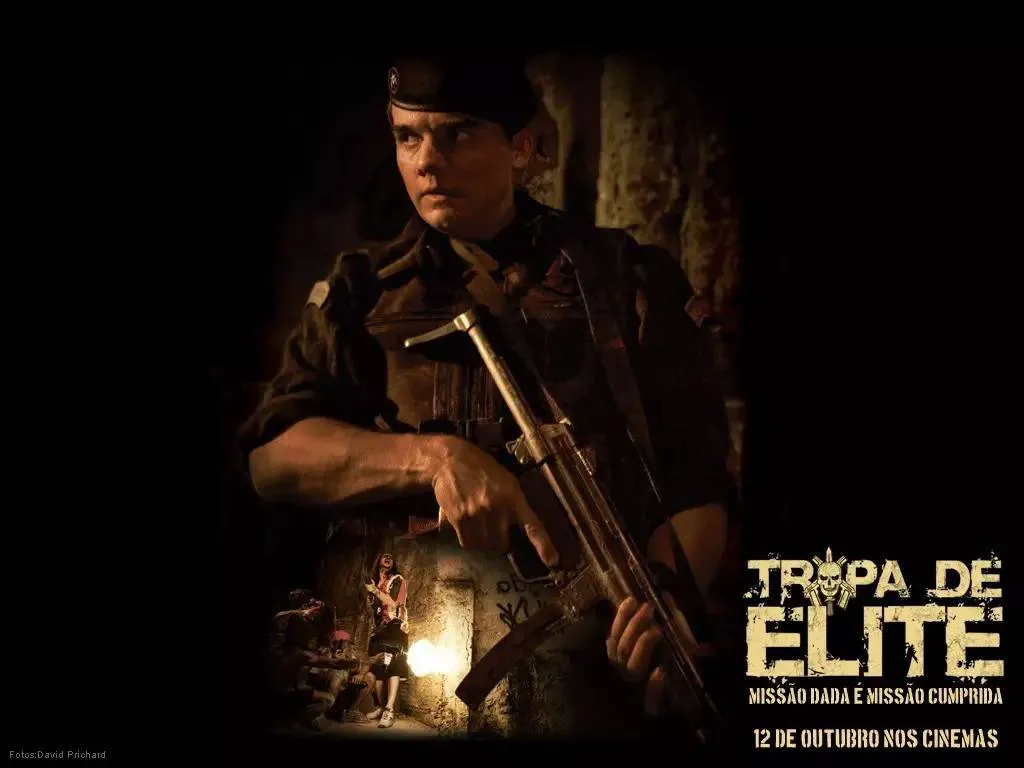
A still from “Elite Squad”
The Evolution of TV Series as a Literary Form
Another indication of this trend is the successful exploration of literary forms in many American TV series, such as “24.” The series was included in “Cahiers du Cinéma’s” list of the top ten films of 2002, signaling that in the 21st century, TV series and film could undergo a transformation similar to that of Tang poetry, Song lyrics, Yuan drama, and Ming-Qing novels, making TV series a more suitable medium for contemporary visual expression.
“24” was a response to the “9/11” attacks in the United States and employed a rare technique in TV series: the congruence of story time and text time, meaning that the duration of the story matches the duration of the narrative, creating a sense of realism that aligns with the show’s documentary-style visuals. This structure is more common in film, as seen in “Cléo from 5 to 7” and “Cloverfield.” Each episode of “24” tells the story of one hour, with an actual length of about 45 minutes due to commercial breaks. Each season corresponds to one day, following the classical dramatic unities. In the first season’s finale, the protagonist Jack Bauer’s wife is killed by his lover, Nina, who resembles a femme fatale from film noir.
“24” revived the film noir tradition, and in a “last-minute” moment common in Hollywood, viewers witnessed a tragedy reminiscent of “Chinatown”: a lover dying in the arms of a tough guy. This may have resonated with the emotional state of American viewers in the post-9/11 era.
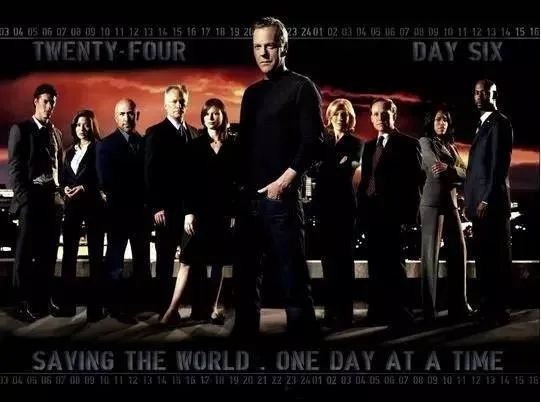
The poster for “24”
The Visual Novel: “The Wire” as a Case Study
Furthermore, due to their length, American TV series possess the appeal of visual novels. The extended format allows TV series to delve into multiple aspects of a city, creating a panoramic view of contemporary urban life, much like Balzac’s portrayal of Paris or Dickens’ depiction of London. The tradition of realistic long-form writing, which had reached its peak and then declined in literature, has found new life in TV series, with “The Wire” being a prime example. US President Barack Obama, a huge fan of “The Wire,” once publicly stated that “The Wire” is not only one of the greatest American TV series, but also one of the best works of art of the past few decades.
In April 2015, a large-scale riot broke out in Baltimore after the accidental death of a young black man in police custody, triggering mass protests by the black community. Looking at “The Wire” in light of this event, one can better understand its allegorical representation of the global landscape. History repeats itself, and the social problems reflected in “The Wire” 13 years ago are still playing out today. As Carcetti says in the show, “You can’t call this a war. Wars end.” Life can be even crueler than war.
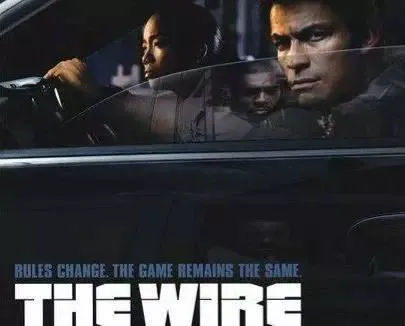
The poster for “The Wire”
In addition to racial issues, “The Wire” showcases Baltimore’s political and economic ecosystem, education system, drug enforcement, news production, and the decline of the blue-collar class. Each season focuses on different themes and aspects, and the seasons align with each other to form an overall visual polyphony.
As a realistic American TV series, “The Wire’s” significance in today’s increasingly globalized world lies in its vivid portrayal of the working class. In an era where blue-collar representation in media is lacking, the second season of “The Wire” tells the story of Frank Sobotka, the chairman of the Baltimore port dockworkers’ union, who struggles for the fate of the dockworkers.
In film noir, the docks often symbolize despair and dead ends. Similarly, the tough guy Frank and his workers will face future mechanization, automation, and the resulting unemployment, as well as the shift of the city’s economy towards real estate and the resulting land acquisition, which will further squeeze their living space. He chooses to use illicit funds to influence the legislature in order to expand the docks, but this plan is buried due to the exposure of the source of the illicit funds: smuggling activities.
The heroic Frank ultimately fails, which is in stark contrast to mainstream American films. For example, in “The Dark Knight,” the positive character Harvey Dent, after the death of his girlfriend, undergoes a drastic change in character, tramples on the law, and ultimately heads towards destruction. However, Dent’s positive image cannot fall, as the citizens need the comfort of this facade. The mess Dent creates can only be shouldered by the superhero Batman, who becomes an extra parameter, an indispensable tool for patching up loopholes and gaps. If contemporary Hollywood films are still obsessed with heroes saving the world, then American TV series like “The Wire” are clearly more able to face the present: heroes either do not exist or fail. As Detective Bunk Moreland in “The Wire” says, “If you look at things with a hard eye, you might only see the trees. If you look at things with a soft eye, you can see the whole forest.” “The Wire” generates a panoramic polyphonic picture precisely because it observes reality with an ironic attitude.
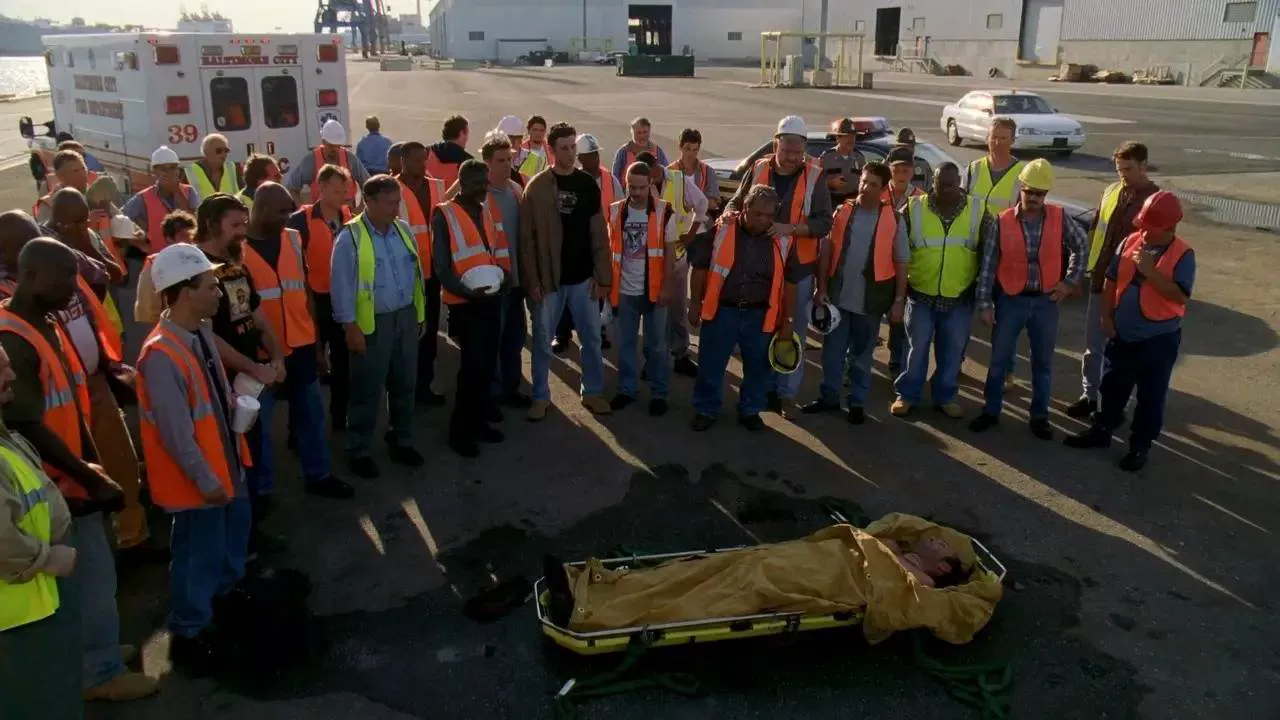
A still from Season 2 of “The Wire”
Irony and Hope in “The Wire”
In addition to satirizing the American hero, “The Wire” also satirizes American law, the system, and democracy, such as the wiretapping in the show. It is illegal to wiretap drug dealers’ private phone calls with their girlfriends, but out of voyeurism, two police officers continue to listen intently until, finally, the drug dealer inadvertently says an important clue about the case, making the entire wiretap meaningful. Right and wrong, law and reason, seriousness and humor are repeatedly tossed back and forth like dishes in a wok, and in the end, they become indistinguishable from each other, but generate new meanings.
In addition, the important significance of irony in “The Wire” lies in the fact that it opens a window in a seemingly chaotic, disordered, and hopeless situation, giving people hope. This is also the aesthetic style generated by “The Wire’s” resistance to real life. For example, the drug enforcement task force in the first season was originally formed by the deputy administrative director of the police station to perfunctorily deal with the judge. He put together a team of misfits, but unexpectedly, these misfits, who would not try to climb the career ladder, were all experts or geniuses in solving cases.
“The Wire” has a large number of diverse viewpoints and discourses presented, and ironic situations are often generated at the breaks in these viewpoints and discourses. For example, the drug dealer Bodie goes to a flower shop to buy a wreath for a friend, and the shop owner says, “I am sorry.” Bodie thinks the shop owner means that there are no wreaths, but the shop owner is actually expressing condolences to the deceased. At the fork in the meaning of the words, it shows the drug dealer’s maladjustment to normal social order. The drug dealer Bodie eventually sends a bouquet of flowers in the shape of a gun to his friend, which is in line with the domestic news of local tyrants burning “mistresses” and other funerary objects for the dead. Similarly, the drug dealer Cheese kills his pet dog, but the drug enforcement police who are wiretapping his phone think that the drug dealer killed his partner (Dawg, which originally means “dog,” but also refers to a partner in black slang). This is similar to the narrative function of the word “black cannon” in the film “The Black Cannon Incident.”
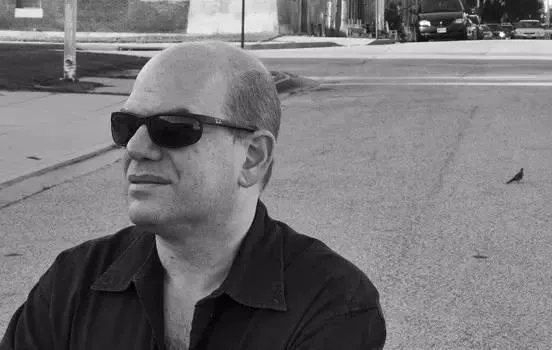
David Simon
David Simon, the creator of “The Wire,” is a journalist by training, and he created a rough sense of reality for “The Wire.” Like Italian neo-realist films, the show uses non-professional actors, a large number of black actors and slang, and abandons the wide-screen ratio that audiences are accustomed to, using a 4:3 aspect ratio, etc. It can be said that “The Wire” is compatible with a variety of literary forms such as drama, news, and film.
David Simon reflected on the American news production mechanism. In the show, news that is fictionalized like a novel in the style of Dickens is more likely to win the Pulitzer Prize, even if the news is fabricated out of thin air. This forms a contrasting mirror image with the creation of “The Wire.” Although “The Wire” seeks truth, its skillful use of Dickens’ melodrama model is precisely the reason for its dramatic nature. “The Wire” also links Dickens’ novel tradition with contemporary life. For example, the big drug lords Avon Barksdale and Stringer Bell were childhood friends, but in the end, they could not tolerate each other due to differences in their life ideals, and they both died tragically, which is regrettable. The contrasting fates of several children in the fourth season are consistent with “Oliver Twist” and “Great Expectations.” It is precisely David Simon’s familiarity with and self-reflection on literary forms such as news, TV series, and novels that make the realistic style of “The Wire” restore a real and meticulous situation in a fictional way through a large number of ironic strokes and the melodrama model.
It is worth mentioning that American TV series are an art that lives towards death. All classic American TV series have shocking death scenes, such as the famous Red Wedding and Purple Wedding in “Game of Thrones,” the hanging of the protagonist Brody in “Homeland,” the murder of Tony in “The Sopranos,” the shooting of Thompson in “Boardwalk Empire,” and Walter’s terminal illness in “Breaking Bad.” Every death is heartbreaking. “The Wire” is no exception, but its way of dealing with death is unique. The protagonist’s own solemn and humorous funeral is impressive. The sudden death of a character who has been with you for many years in each American TV series has a huge impact on those who follow the show. This reminds me of what Harold Bloom said: “Reading the classics deeply does not make people better or worse, nor does it make citizens more useful or more harmful. The inner dialogue of the mind is not a social reality in essence. The whole meaning of the Western classics lies in making people good at using their own loneliness, the ultimate form of which is the encounter between a person and his own death.” Making people good at using their own loneliness may also be the deepest charm of American TV series.
